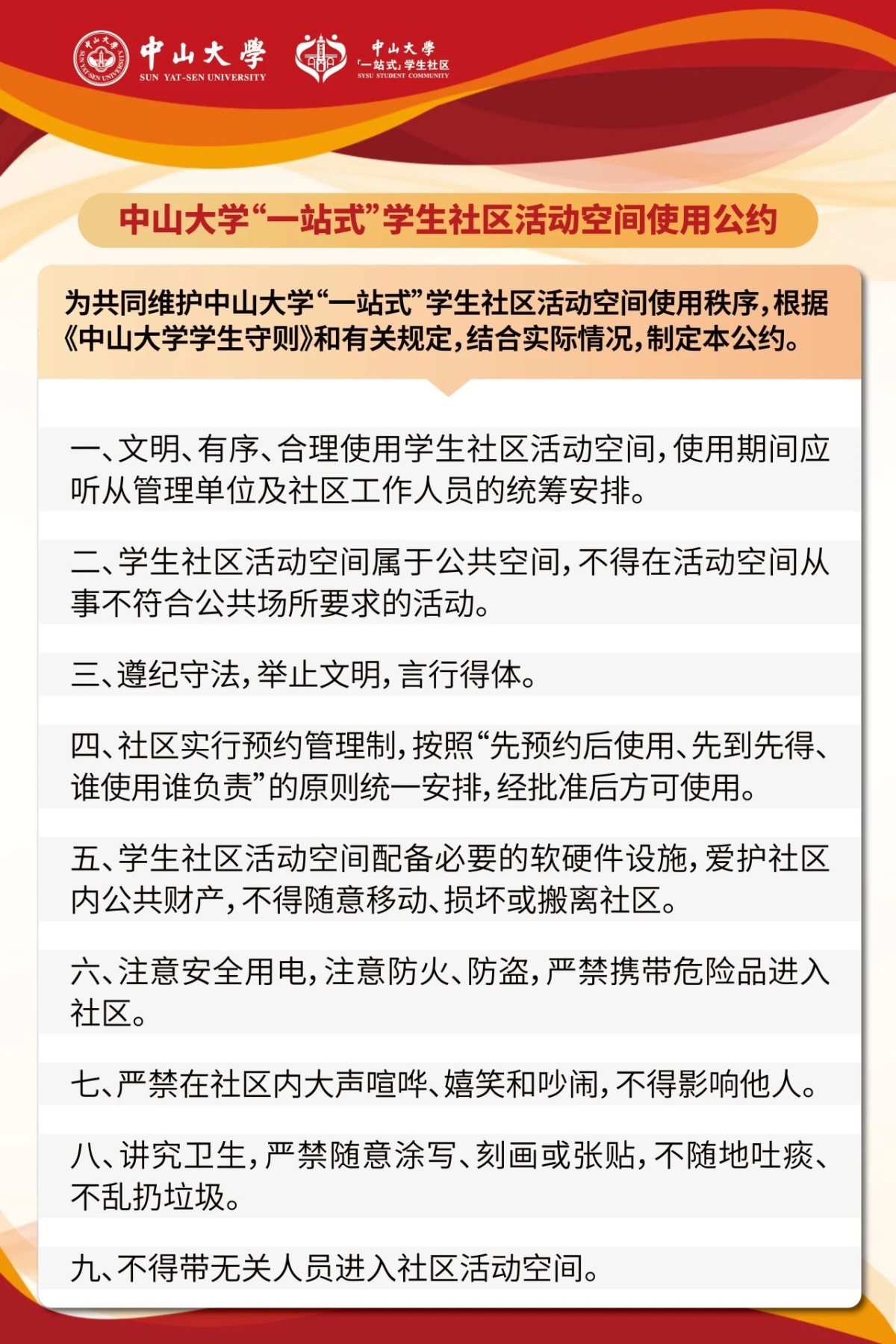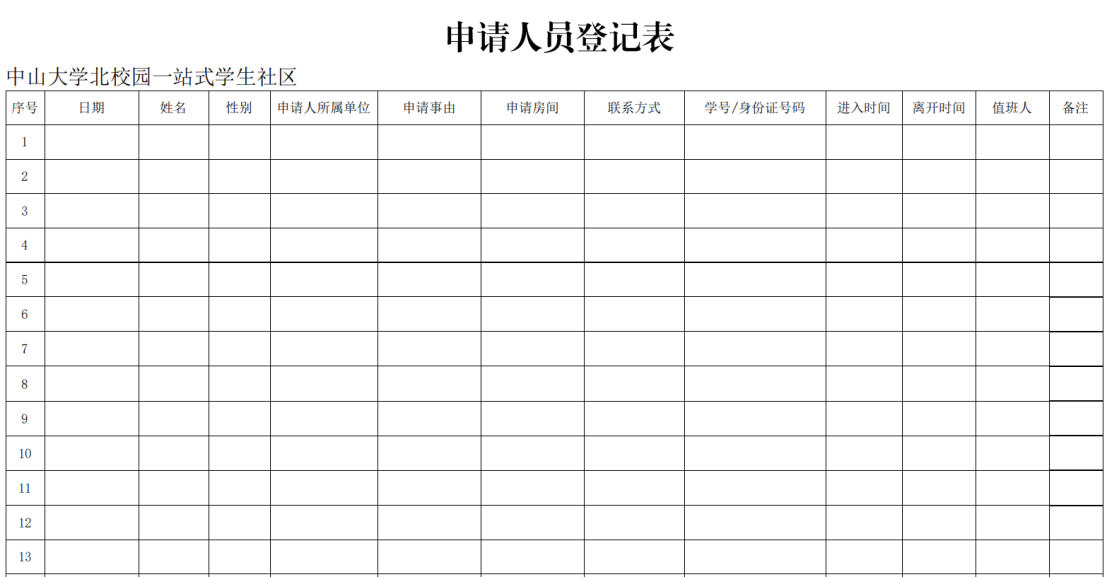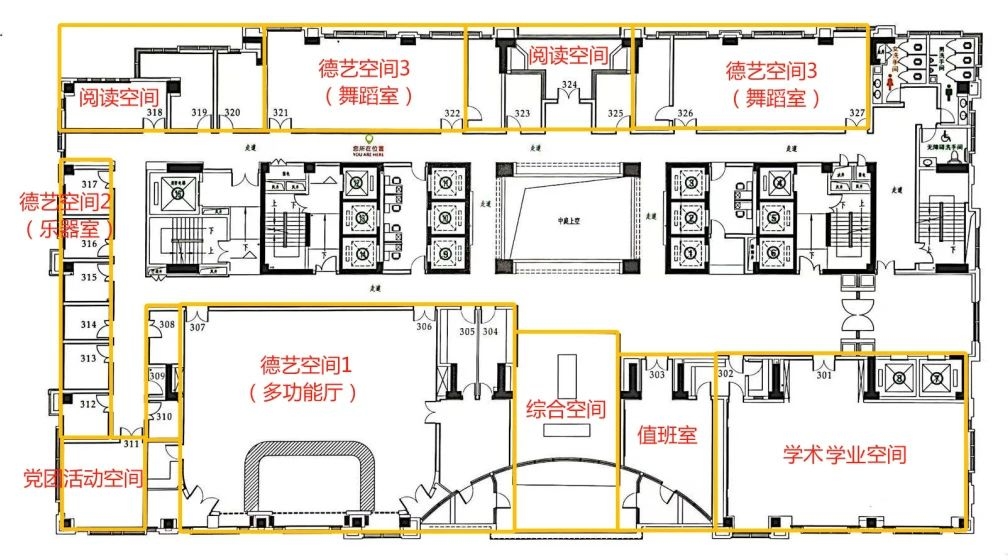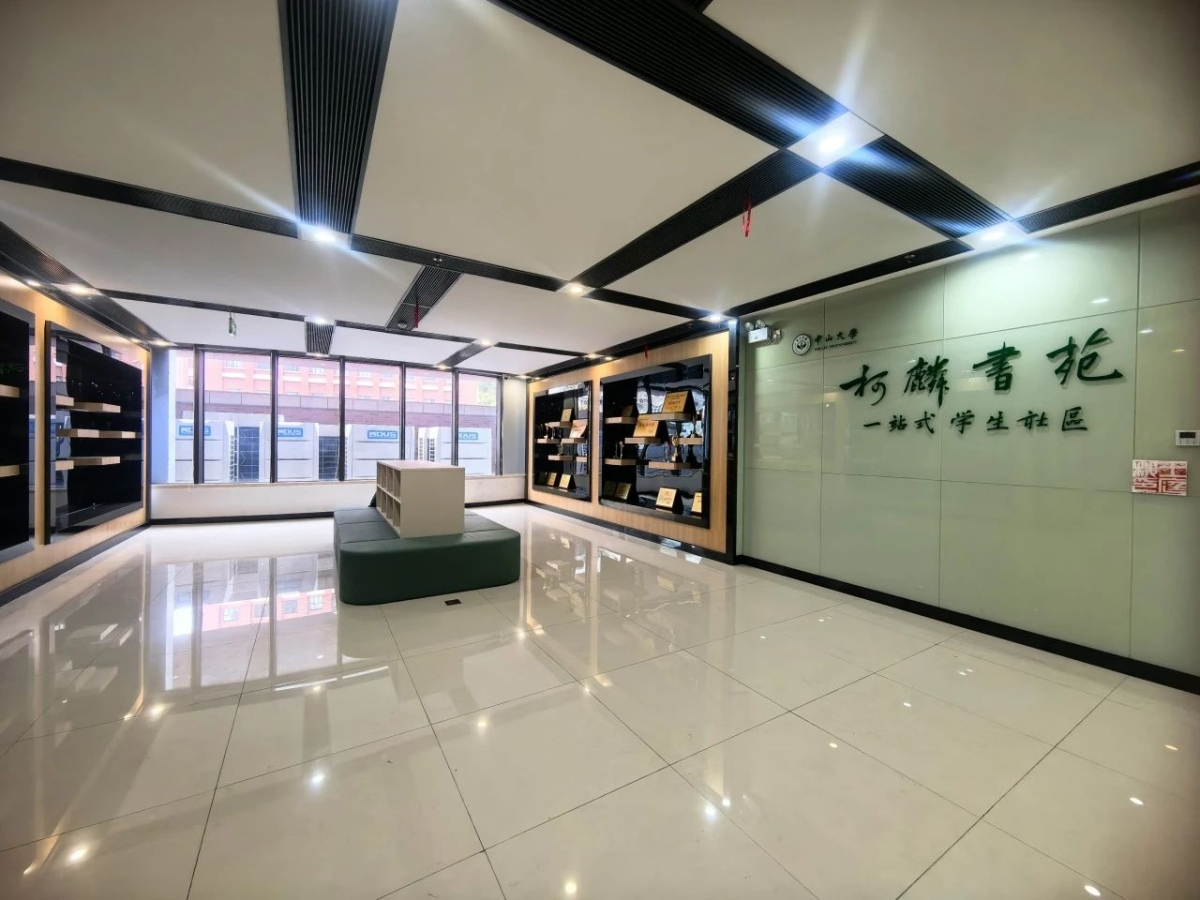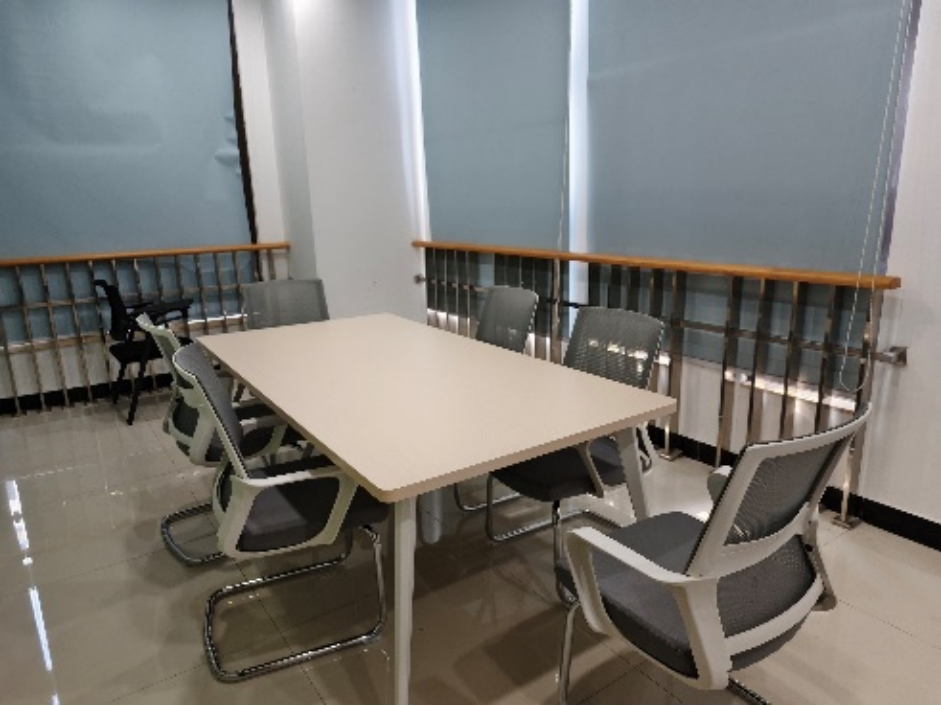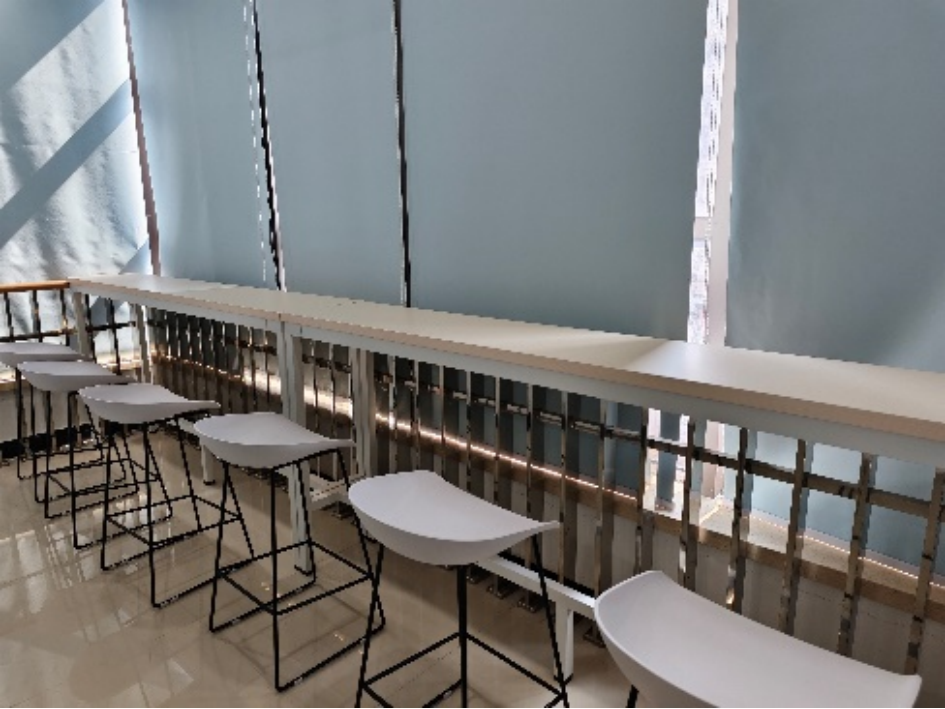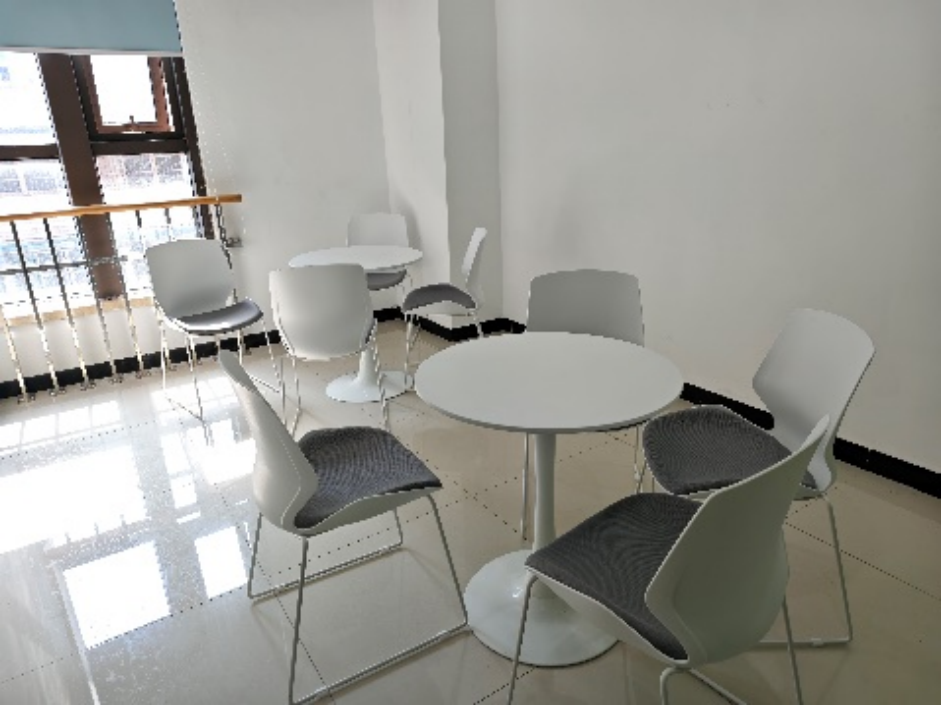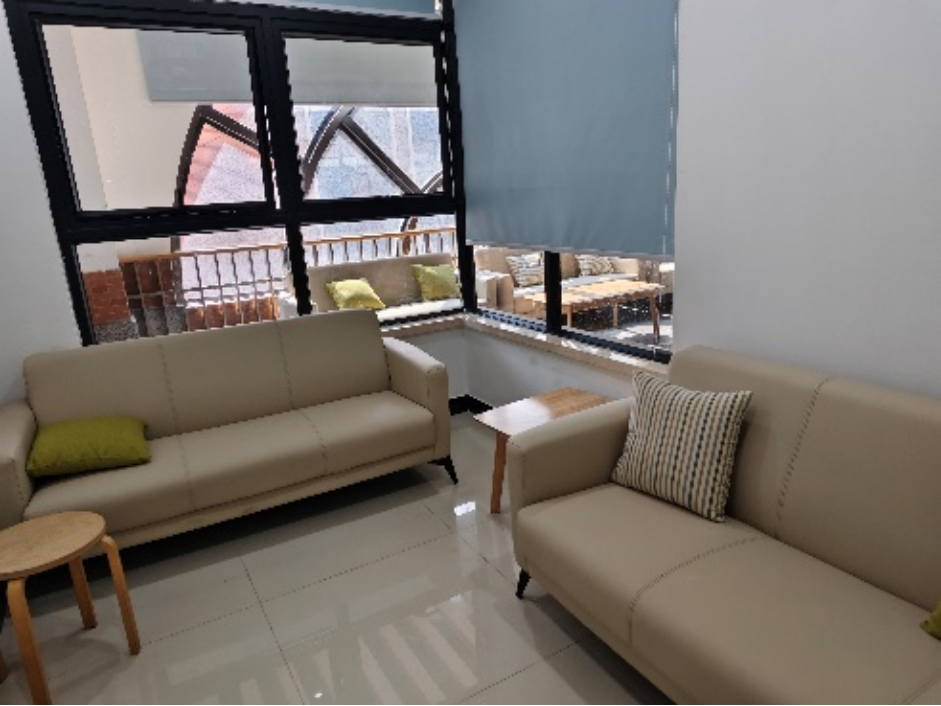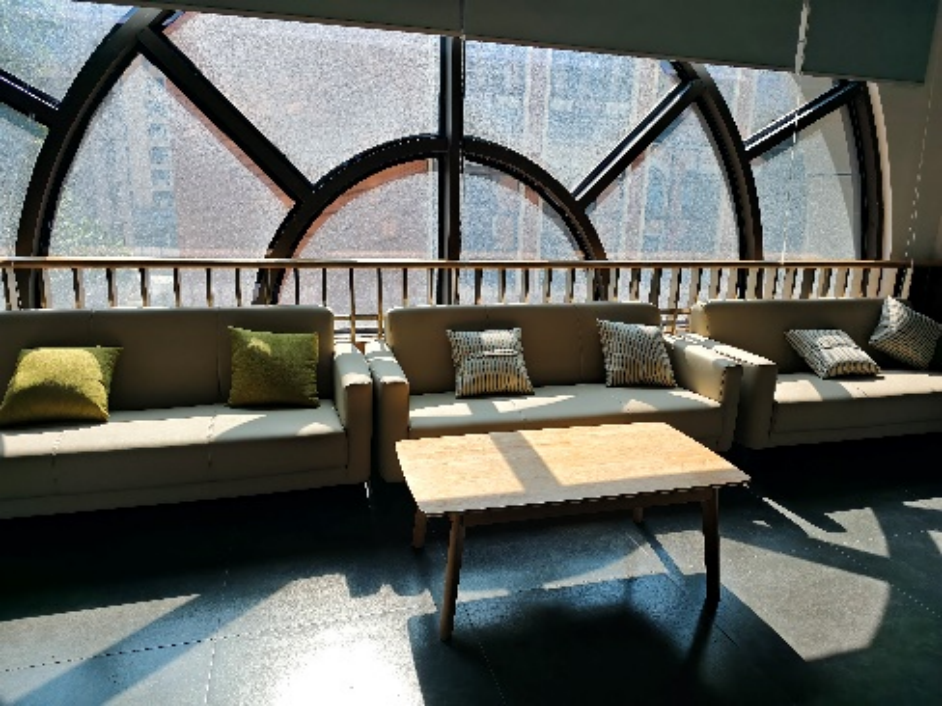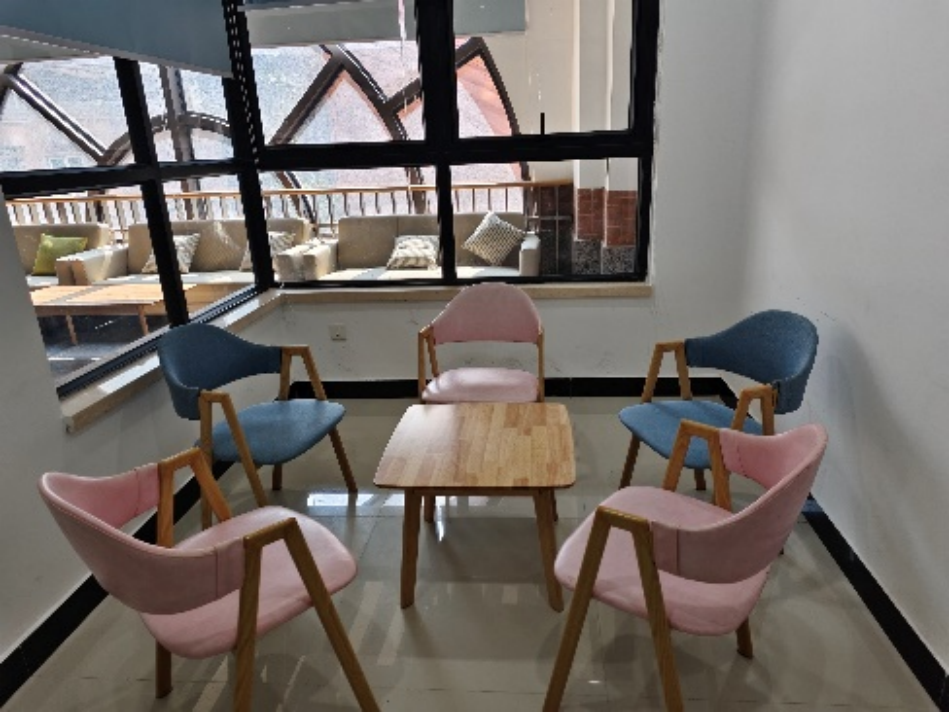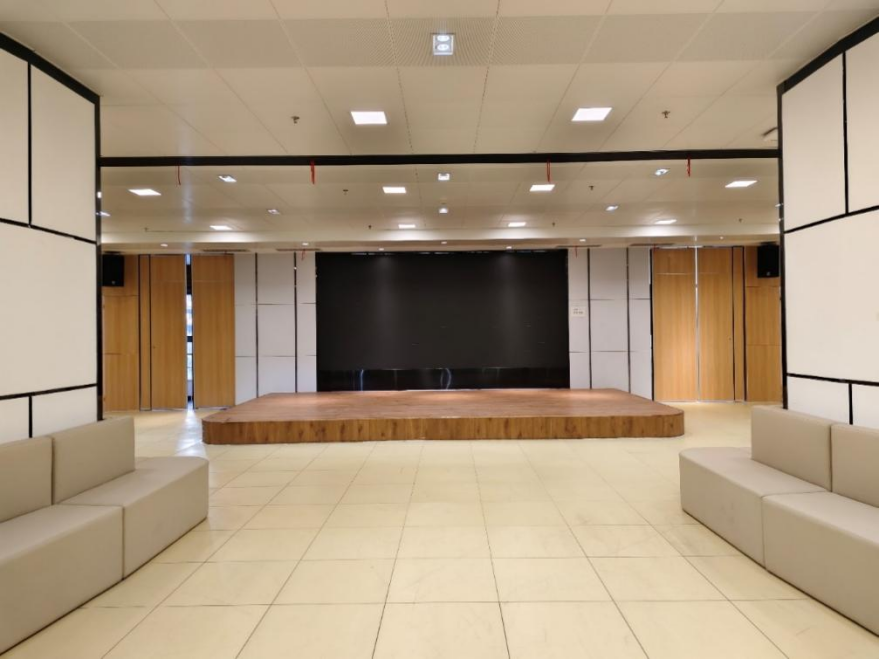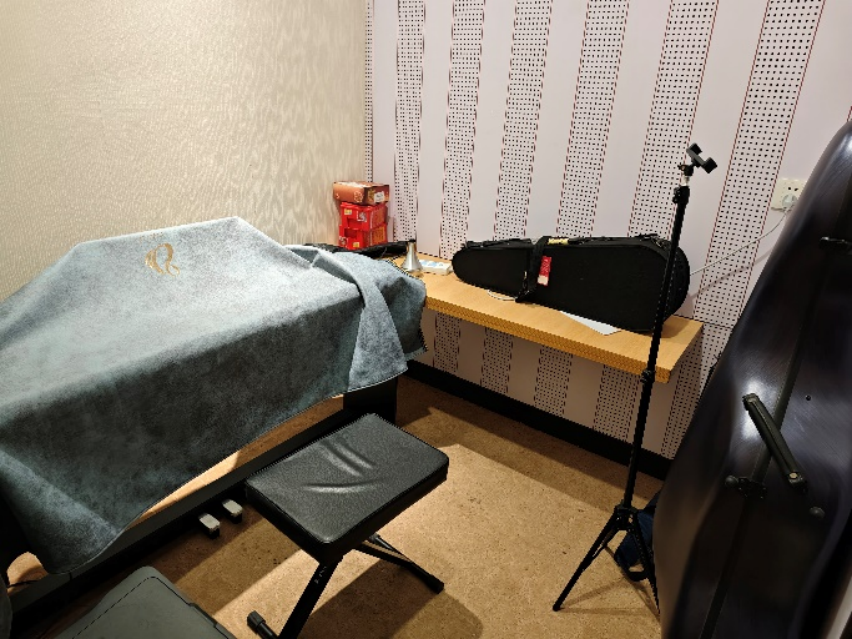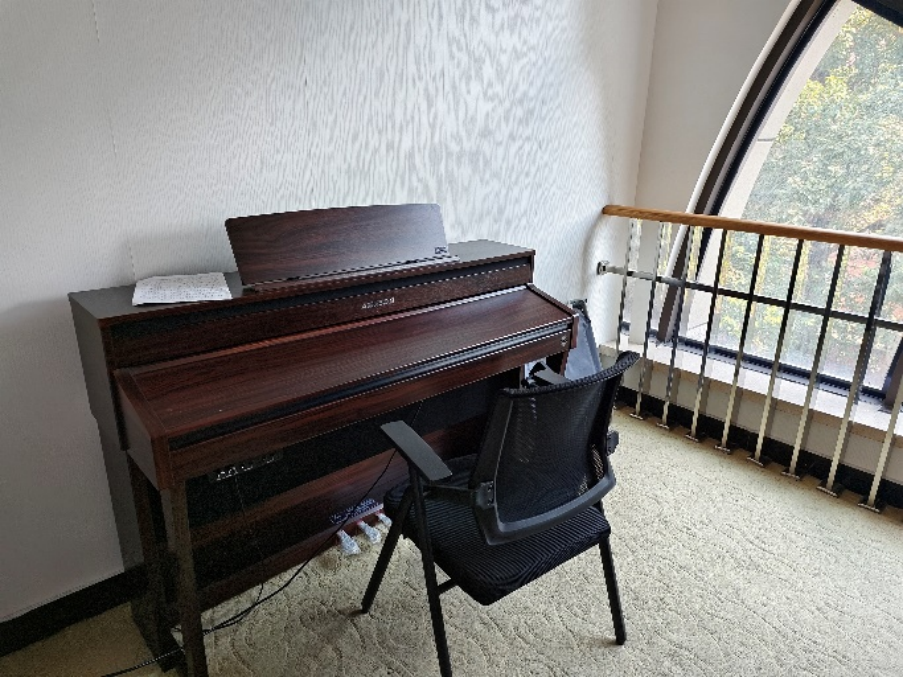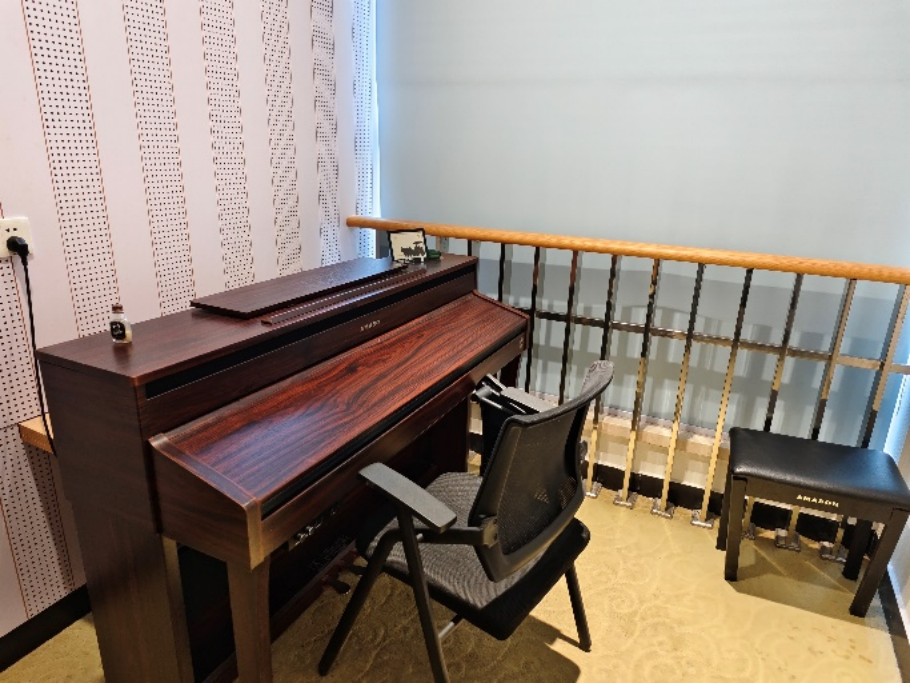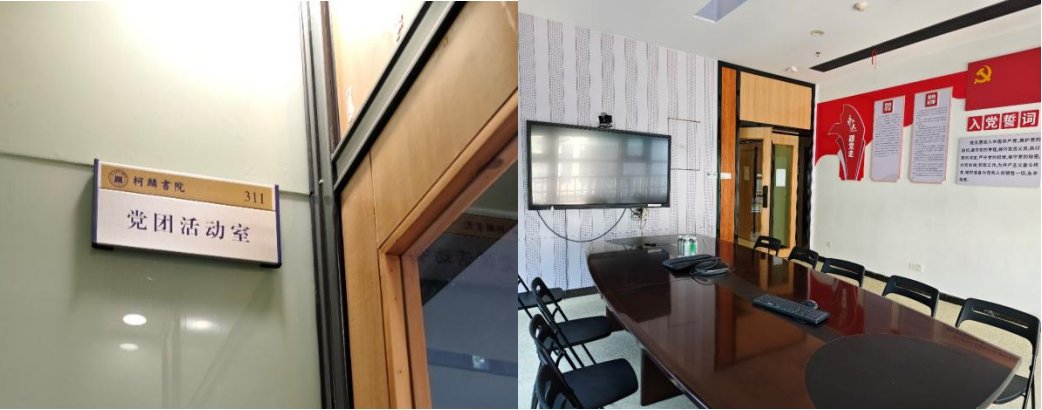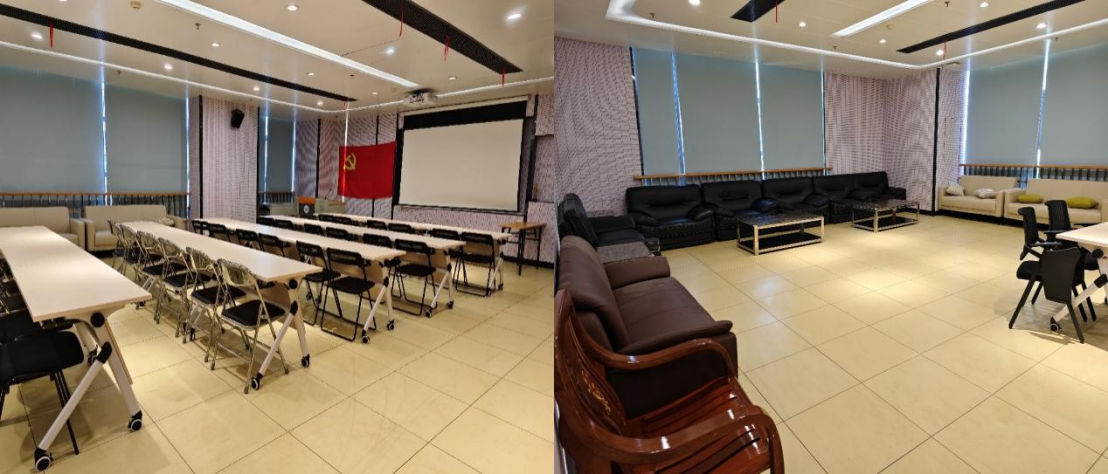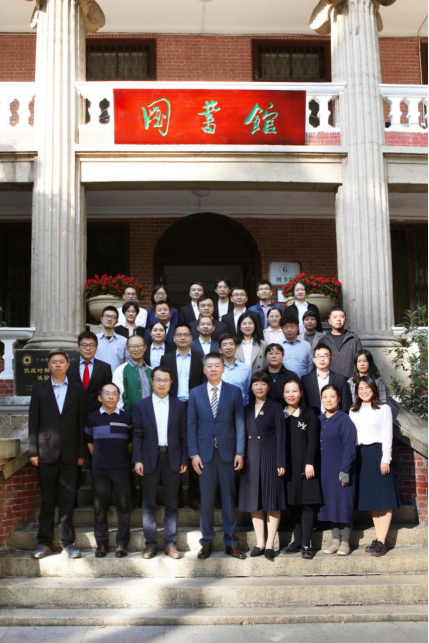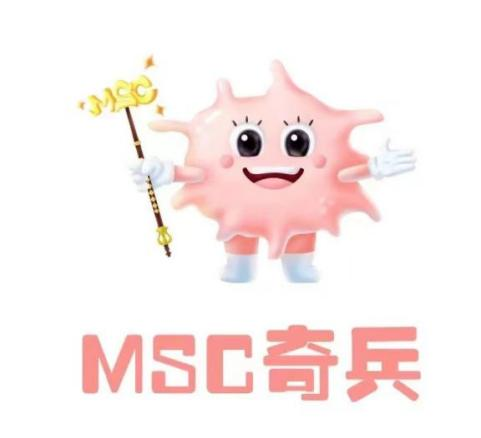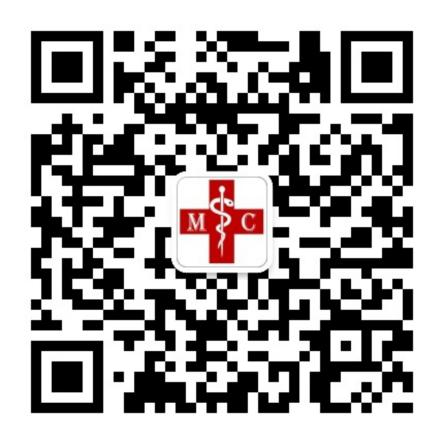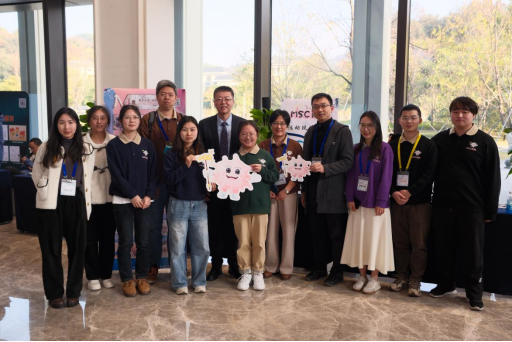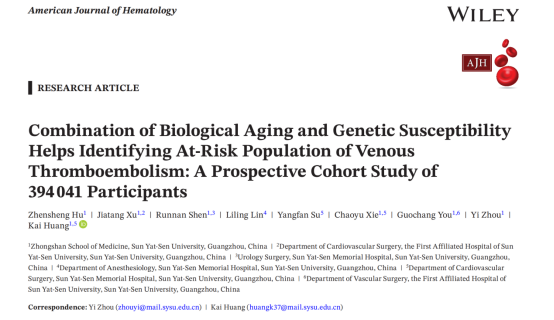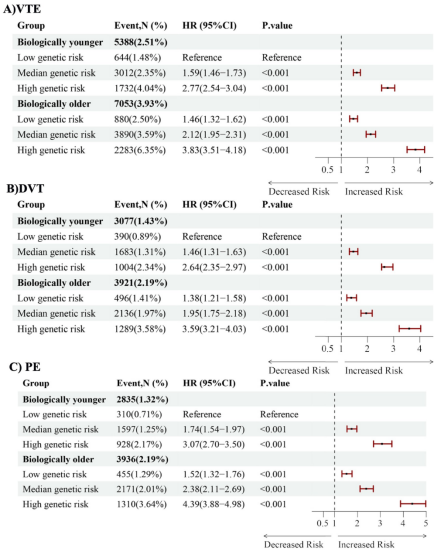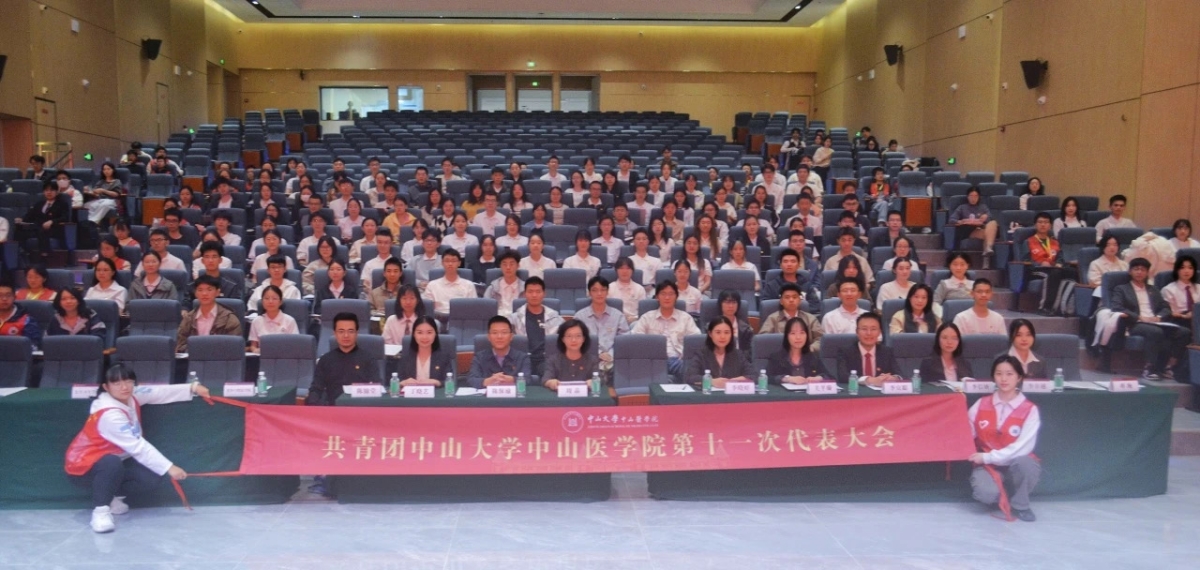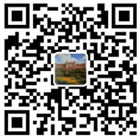The inheritance of medical knowledge and skills passes down from generation to generation;
The charm of Zhongshan School of Medicine has been renowned for a hundred years.
In the centennial Sun Yat-sen University, the mountains are high and the waters are long;
With a hundred years of glory, we jointly compose a magnificent chapter.

On the morning of November 10th,
The teachers, students, and alumni of Zhongshan School of Medicine gathered together
And grandly held the 2024 Alumni Assembly of Zhongshan School of Medicine of Sun Yat-sen University
And the closing ceremony of the 16th Academic Festival in the Alumni Hall of the North Campus of Sun Yat-sen University.
Professor Zhang Qi, the deputy secretary of the Party Committee of Sun Yat-sen University, Professor Kuang Ming, the assistant president of Sun Yat-sen University and the dean of Zhongshan School of Medicine, Professor Yan Guangmei, the former deputy secretary of the Party Committee and vice president of Sun Yat-sen University, alumnus Zhang Yanhau, the former deputy director of the Health Department of Guangdong Province, Professor Xie Fukang, the former dean of Zhongshan School of Medicine, Researcher Xia Dan, the former Party secretary of Zhongshan School of Medicine, Professor Wang Tinghuai, the vice president of the Alumni Association of Sun Yat-sen University and the president of the Ke Lin Foundation, Professor Chen Minshan, the president of the Zhongshan Medical Alumni Association and the Cancer Prevention and Treatment Center of Sun Yat-sen University, Professor Bei Jinxin, the deputy director of the Office of Education Development and Alumni Affairs of Sun Yat-sen University, Long Bo, the deputy director of the Medical Department of Sun Yat-sen University and the director of the General Affairs Office, Ye Wei, the director of the Hospital Administration Office, Lin Haotian, the director of the Zhongshan Ophthalmic Center, Chen Wangnan, the Party secretary of the Guanghua School of Stomatology and the Affiliated Stomatological Hospital, Yang Jianlin, the Party secretary of the Sun Yat-sen Memorial Hospital, Rong Limin, the dean of the Third Affiliated Hospital, Chen Qikun, the Party secretary of the Seventh Affiliated Hospital, Chen Yanming, the dean of the Eighth Affiliated Hospital, Zhang June, the dean of the School of Nursing, Zhang Yuanquan, the Party secretary of the Commission for Discipline Inspection of the Cancer Prevention and Treatment Center, Li Wenmin, the deputy Party secretary of the Sixth Affiliated Hospital, Huang Yangyang, the chief accountant of the Fifth Affiliated Hospital, the guest representatives of the medical colleges and departments of the university, the leaders at all levels of the university who have worked in Zhongshan School of Medicine, and about 400 alumni, teachers, and students participated in the assembly.
The assembly was presided over by Hao Yajuan, the Party secretary of Zhongshan School of Medicine.
Speech
Professor Zhang Qi, the deputy secretary of the Party Committee of Sun Yat-sen University, delivered a speech at the assembly. On behalf of the university, Professor Zhang Qi extended the warmest welcome to the alumni from all over the world. She said that looking back on the century-old journey, Sun Yat-sen University has become more and more brilliant with the passage of time, and Zhongshan School of Medicine has successfully presented a gift to the centennial Sun Yat-sen University with its continuously rising scientific research strength and strategic ability to serve the country. The alumni of Zhongshan School of Medicine are large in number and have prominent exemplary roles, and they are the backbone of the alumni team of Sun Yat-sen University. She hoped that the alumni from all over the world would integrate their own development into the great tide of national and social development with their alma mater as the bond, and make contributions and show the responsibility of Zhongshan School of Medicine for promoting the great rejuvenation of the Chinese nation in an all-round way with Chinese modernization. Finally, she wished the assembly a complete success and sincerely invited all the alumni to come back to visit often.
School Development Report
Professor Kuang Ming, the assistant president of Sun Yat-sen University and the dean of Zhongshan School of Medicine, made the "Development Report of Zhongshan School of Medicine". Taking his own study experience as the starting point, Dean Kuang Ming introduced the basic situation of Zhongshan School of Medicine in detail to the participants and demonstrated the excellent achievements of the school in discipline construction, talent cultivation, talent introduction and cultivation, etc. Subsequently, Dean Kuang Ming shared the exploration and achievements of the school in the process of high-quality development. He emphasized that in the high-quality development of the school, the leadership of the Party is the direction, the curriculum is the key, the teaching staff is the core, innovation is the orientation, culture is the foundation, and cooperation is the driving force. Finally, Dean Kuang Ming pointed out the bottleneck problems currently restricting the development of the school, such as the teaching staff and teaching reform, and emphasized the need to continuously improve the effectiveness of the curriculum and enhance the international influence.
Alumni Center Inauguration Ceremony
Alumni are an important force in promoting the development of the school. In order to better connect with alumni, unite alumni, and serve alumni, in May this year, the school decided to establish an alumni center. The unveiling ceremony of the alumni center of Zhongshan School of Medicine was held at the assembly. The leaders and guests such as Secretary Zhang Qi, Dean Kuang Ming, Secretary Hao Yajuan, Director Long Bo, Professor Wang Tinghuai, President Chen Minshan, and Deputy Director Bei Jinxin participated in the unveiling.
To ensure the operation of the alumni center, the school hired teachers and alumni who are actively active in the front line of alumni work to hold relevant positions. Secretary Zhang Qi, Professor Yan Guangmei, Professor Xie Fukang, and Secretary Xia Dan came to the stage to issue appointment letters to the appointees. It is believed that the alumni center will surely play an active role, provide more high-quality services for the alumni, and gather more alumni resources to support the development of the school's cause!
Chorus of "China in the Lights"
The students of Zhongshan School of Medicine are not only good at studying and have excellent academic achievements, but also versatile. The choir of Zhongshan School of Medicine has won the special prize in the school-wide choral competition for two consecutive years. Youth is graceful and the mind is broad. The students of the North Campus Choir sang the song "China in the Lights" affectionately, which not only showed their good artistic accomplishment and spiritual outlook, but also sang the youth oath and the praise of the times of "I am strong for the country, please rest assured the Party".
Speech by the President of Zhongshan Medical Alumni Association
With the passage of time, the torch is passed on. The Zhongshan Medical Alumni Association has always been a strong backing for the development of the school. On behalf of the Zhongshan Medical Alumni Association, President Chen Minshan of the Zhongshan Medical Alumni Association delivered a speech, extending warm congratulations on the establishment of the Zhongshan Medical Alumni Center, expressing warm welcome to the alumni representatives from at home and abroad, and wishing the assembly a complete success. He emphasized that the alumni association can closely connect the alma mater with the alumni from all over the world because we all have the common name of "Zhongshan Medical". Finally, he issued an initiative: he hoped that the alumni at home and abroad would be more united and make new contributions to the development of Zhongshan Medical!
In the centennial Zhongshan Medical, the peaches and plums are all over the world. The alumni of Zhongshan Medical, with the earnest expectations of their alma mater, have silently dedicated and actively contributed to the medical and health undertakings in Guangdong, the Greater Bay Area, China, and even the world.
Alumni Representative Speeches
"With a Solid Foundation, Build a Career and Establish a Reputation"
Professor Zhang Jianqing, an alumnus of the class of 1989 of Zhongshan Medical, the president of the Zhongshan Medical Alumni Association in the United States, and an academician of the American Academy of Nursing Sciences, spoke as one of the alumni representatives. Professor Zhang Jianqing's speech revolved around four parts: "memories of youth", "the influence of the alma mater", "growth and insights", and "industry insights and feelings". She said that the influence of the alma mater on her is not only the imparting of knowledge, but also has deeply shaped her values and outlook on life. Looking forward to the future, the medical industry will face rapid changes and great challenges, and the alumni of Sun Yat-sen University in different fields should combine their forces and work together to release a stronger influence of Sun Yat-sen University. She emphasized that in this era full of uncertainties, we need to be people who look for opportunities in crises and build windmills when the wind comes, and make positive contributions to global health.
"For the Welfare of Society, For the Glory of the Country"
Mr. Luo Yilong, an alumnus of the class of 2000 of Zhongshan Medical, a member of the National Committee of the Chinese People's Political Consultative Conference, the vice president of the All-China Youth Federation, and the director of the Macau Health Bureau, spoke as one of the alumni representatives. Mr. Luo Yilong recalled his growth and development experience in Zhongshan Medical. His alma mater is the place that helped him with his medical enlightenment and laid a solid foundation for his development. He said that "graduates of Zhongshan Medical" are a resounding "golden business card" in Macau and a guarantee of comprehensive quality and clinical skills, and the alumni resources of Zhongshan Medical have also become a great help for the career development of the students of Zhongshan Medical. The spirit of "saving people, saving the country, and saving the world, treating diseases, treating the body, and treating the mind" of Zhongshan School of Medicine is in line with and echoes the core value of "loving the country and loving Macau" in Macau. He emphasized that he is willing to continue to be a good contact person between "Macau, China" and "Zhongshan Medical", seize the opportunity of building the Guangdong-Hong Kong-Macao Greater Bay Area, and contribute the wisdom and strength of Zhongshan Medical to the medical and health undertakings of the country and the Greater Bay Area.
"Saving People, Saving the Country, and Saving the World, Treating Diseases, Treating the Body, and Treating the Mind"
Alumnus Liu Bin, a council member of the class of 2007 of the Zhongshan Medical Alumni Association and a chief physician in the Department of Obstetrics and Gynecology of the First Affiliated Hospital of Sun Yat-sen University, spoke as one of the alumni representatives. He said that the medical students of each session, with the goal of "saving people, saving the country, and saving the world, treating diseases, treating the body, and treating the mind", are eager to learn medical knowledge and strive to grow into great doctors for the common people; generations of Zhongshan Medical people have written the medical motto of Zhongshan Medical on the land of the motherland, all over the world, and in the hearts of every patient we have treated with their wisdom, sweat, and even lives, and the future students of Zhongshan Medical will also be like this. The development of medical technology is changing with each passing day, and the doctors in the new era face new challenges and opportunities. Therefore, he entrusted the medical students in the new era to have new responsibilities and new achievements: first, have solid knowledge and excellent basic clinical skills; second, have an international perspective and be good at innovation and creation; third, have a kind heart and a noble ideal.
Donation Scholarship Awarding Ceremony
The "Yixian Fate" Physiology Scholarship was set up by the donation of alumnus Zhu Hui, a graduate student majoring in Physiology in 1987, and alumnus Wu Wenlei, an undergraduate majoring in Stomatology in 1985, to reward the students with excellent grades in the "Physiology" course. The 04 Research Xinglin Senior Scholarship was set up by the donation of the graduate student class of 2004 to reward the undergraduate students with excellent academic achievements. The donation scholarship awarding ceremony was held at the assembly. Alumnus Zhu Hui presented the certificates of the Yixian Fate Physiology Scholarship to Zhang Zhenxia, Xiong Haiting, Du Yuhan, and Tang Shile. Alumni Kong Xiaoping and Xu Jiajian, on behalf of the graduate student alumni of 2004, presented the certificates to the recipients of the 04 Research Xinglin Senior Scholarship, Guo Hongbo, Zheng Mixue, Chen Yanlin, Gao Zirui, Wu Jiajia, and Chen Juexiao.
Xiong Haiting, a student representative of the award-winning students and a student of the eight-year clinical medicine program in 2022, delivered an acceptance speech. Student Haiting said that on the occasion of the approaching centennial anniversary of Sun Yat-sen University, it is an honor to be awarded the Yixian Fate Physiology Scholarship in her academic journey. She extended the highest respect and sincere gratitude to the donors of the Yixian Fate Physiology Scholarship, Zhu Hui and Wu Wenlei. She mentioned that the receipt of the Yixian Fate Physiology Scholarship is not only an recognition of our past efforts, but also an expectation for our future. It is an incentive and a responsibility. In the future, she will actively engage in the research of physiology and continue to move forward on the path of medicine, exploring the unknown and pursuing excellence.
Academic Festival Commendation Ceremony
The Academic Festival of Zhongshan School of Medicine, as a classic academic brand of the school, continues the fearless pursuit of truth, the in-depth exploration of the essence of academics, and the unremitting climb of the scientific research peak of the generations of Zhongshan Medical people. The 16th Academic Festival held this year held 20 wonderful academic report sessions and a series of activities, inviting 188 well-known experts and scholars at home and abroad to communicate and share with the teachers and students of the school on the same stage, including 10 academicians and 35 foreign experts, and a total of more than 3,300 people participated in the activities.
The commendation ceremony of the Youth Academic Salon and Experimental Technology Salon of the 16th Academic Festival of Zhongshan School of Medicine was held at the assembly. Professor Zhou Jiaguo, the vice dean of Zhongshan School of Medicine, and Professor Deng Kai, the vice dean of Zhongshan School of Medicine, presented certificates to the third prize winners. Professor Gao Guoquan, the former vice dean of Zhongshan School of Medicine, and Professor Liu Xianguo, the former vice dean of Zhongshan School of Medicine, presented certificates to the second prize winners. Professor Yan Guangmei of Zhongshan School of Medicine and Professor Zhang Hongqi, a master alumnus of the class of 1990 and a professor at the School of Basic Medical Sciences of Fudan University, presented certificates to the first prize winners.
Recitation
Ke Lin is known as the "master of Zhongshan Medical in one generation". To celebrate the centennial anniversary of the alma mater, the school organized and invited the modern Cantonese opera "Silent Merit" with the red doctor Ke Lin as the protagonist to perform three times on campus, which won wide acclaim. At the end of the assembly, the participants reproduced the climax of the play and recited "My Zhongshan Medical, My Sun Yat-sen University" aloud, expressing the feelings of the people of Zhongshan Medical.
My Zhongshan Medical, My Sun Yat-sen University,
Has written a glorious history and opened a new chapter.
My Zhongshan Medical, My Sun Yat-sen University,
May you grow taller like bamboo joints and be as tall and red as kapok.
My Zhongshan Medical, My Sun Yat-sen University,
May you be as holy and flawless as apricot forest and as lush and leafy as banyan trees.
My Zhongshan Medical, My Sun Yat-sen University,
May you be as majestic and evergreen as Yunshan Mountain and be passed down for a hundred generations like the Pearl River.
Finally, in the melodious chorus of the school song, the 2024 Alumni Assembly and the closing ceremony of the 16th Academic Festival of Zhongshan School of Medicine of Sun Yat-sen University came to a successful conclusion.
The centennial medical school has a profound heritage;
The apricot forest is full of spring and fruitful;
The alumni gather and enjoy the friendship.
Entering a new journey,
Zhongshan School of Medicine will, with a fuller spirit and a higher fighting spirit,
Take root in the land of China, base itself on the Guangdong-Hong Kong-Macao Greater Bay Area,
Continue to move forward in the same direction and at the same pace as the development of the Party and the country.
Wish the alumni happiness and well-being and strive for new heights;
Wish Zhongshan School of Medicine the pursuit of excellence and perseverance;
Wish Sun Yat-sen University new achievements and new glories!
